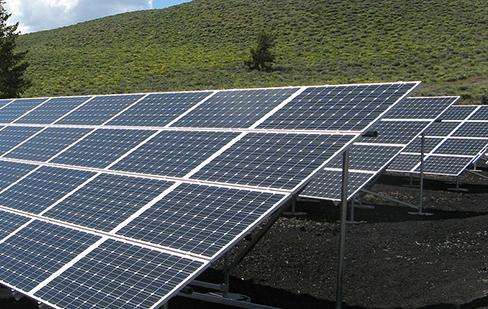12 levels.
The VAT rate is generally used together with the VAT deduction rate to calculate tax under the VAT “tax deduction method”. The current VAT implements tax rates proportional to products, divided into 12 levels: 8%, 12%, 14%, 16%, 18%, 20%, 21%, 23%, 26%, 30%, 43% and 45%.
Tax rates for most products are determined based on the original industrial and commercial tax charges and the product tax charges. Tax rates for certain products have been adjusted appropriately based on the original tax burdens.
Detailed informationSpecial provisions:
(1) General taxpayers selling second-hand goods that are not deductible and have not been deducted in accordance with Article 10 of the “Interim Regulations of the People's Republic of China on Value-Added Tax” For fixed assets includingthe input tax is deducted, the value added tax will be levied at the reduced rate of 2% to the rate of 3% according to the simplified method.
(2) Small taxpayers who sell their used fixed assets will be charged a value added tax at the reduced rate of 2%.
(3) General taxpayers who sell the following self-produced goods may choose to calculate and pay value added tax at the collection rate of 3% using the simplified method:
>1. Departmental level and below Electricity produced by small hydroelectric units. Small hydropower units refer to small hydropower units with an installed capacity of less than 50,000 kilowatts (including 50,000 kilowatts) built by various investment entities.
2. Sand, earth and stone used in construction and the production of building materials.
3. Bricks, tiles and lime produced continuously fromof sand, earth, stone or other self-extracted minerals (excluding solid clay bricks and tiles).
4. Biological products made from microorganisms, microbial metabolites, animal toxins, human or animal blood or tissues.
5. Tap water.
6. Commercial concrete (limited to cement concrete produced with cement as raw material).
Once a general taxpayer has chosen the simplified method to calculate and pay VAT, it cannot be changed within 36 months.
(4) General taxpayers who sell the following items must temporarily calculate and pay value-added tax at the collection rate of 3% under the simplified method:
1. consignment items (including consignment sales by individual residents); items included);
2. The pawnshop industry sells pawned items.
3. Duty free goodssold in duty-free shops approved by the State Council or the authority authorized by the State Council.
Baidu Encyclopedia--VAT Rates
Industrial enterprises are subject to a VAT rate of 17% for electricity production and 11% % for heating.
1. Article 2 of the revised VAT rate of the "Provisional Regulations of the People's Republic of China on Value-Added Tax": (1) Taxpayers sell or import goods, except for the items referred to in (2) hereof document. Article ) and (3), the tax rate is 17%.
(2) When taxpayers sell or import the following products, the tax rate is 13%:
1. Cereals and edible vegetable oil;
2.Water, heating, air conditioning, hot water, coal gas, liquefied petroleum gas, natural gas, biogas, coal products for residential use;
3. Books, newspapers, magazines;
4.Animal feed, chemical fertilizers, pesticides, agricultural machinery, agricultural films;
5. Other property specified by the Council of State.
(3) Taxpayers export goods, but the tax rate is zero, unless otherwise specified by the State Council;
(4) When taxpayers provide alteration, repair and replacement services (hereinafter referred to as taxable services), the tax rate is 17%.
2. “Notice of the Ministry of Finance and the State Administration of Taxation on Value-Added Tax Rate Consolidation Policies” (Caishui [2017] No. 37):
Since July 2017 From the 1st, the value-added tax rate structure will be simplified and the value-added tax rate of 13% will be removed. The relevant policies are now notified as follows:
1.Taxpayers selling or importing the following products are subject toput at a tax rate of 11%:
Produced agricultural products (including cereals), tap water, Heating, liquefied petroleum gas, natural gas, edible vegetable oil, air conditioning, hot water, coal gas, residential coal products, edible products. salt, agricultural machinery, animal feed, pesticides, agricultural films, chemical fertilizers, biogas, dimethyl ether, books, newspapers, magazines, audio and video products, electronic publications.














